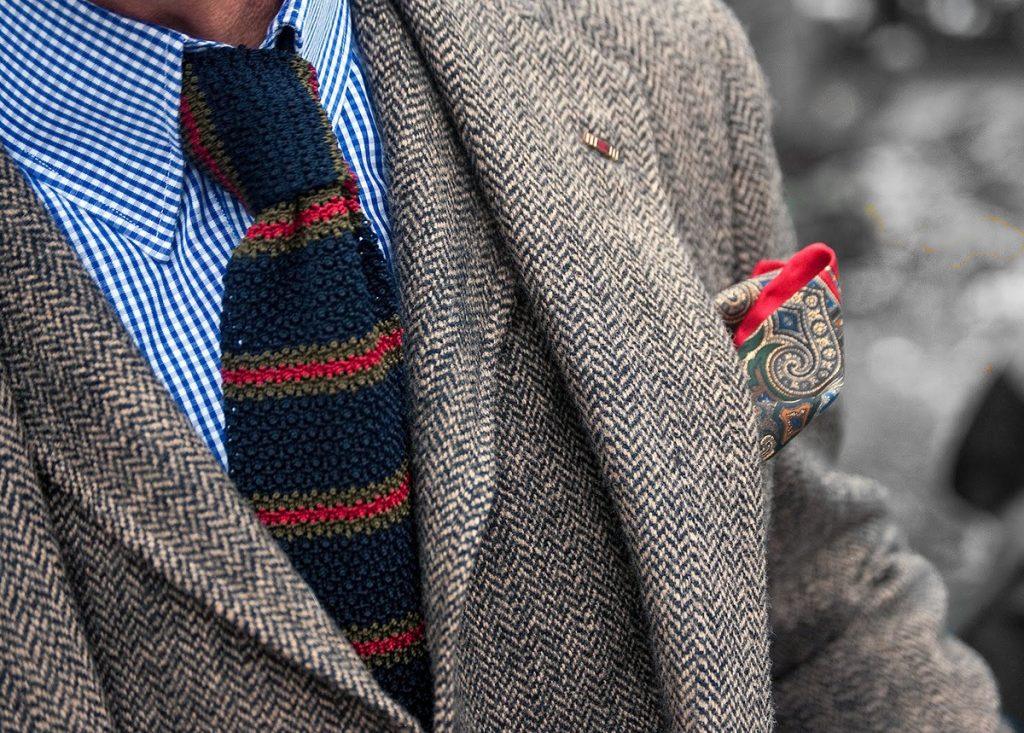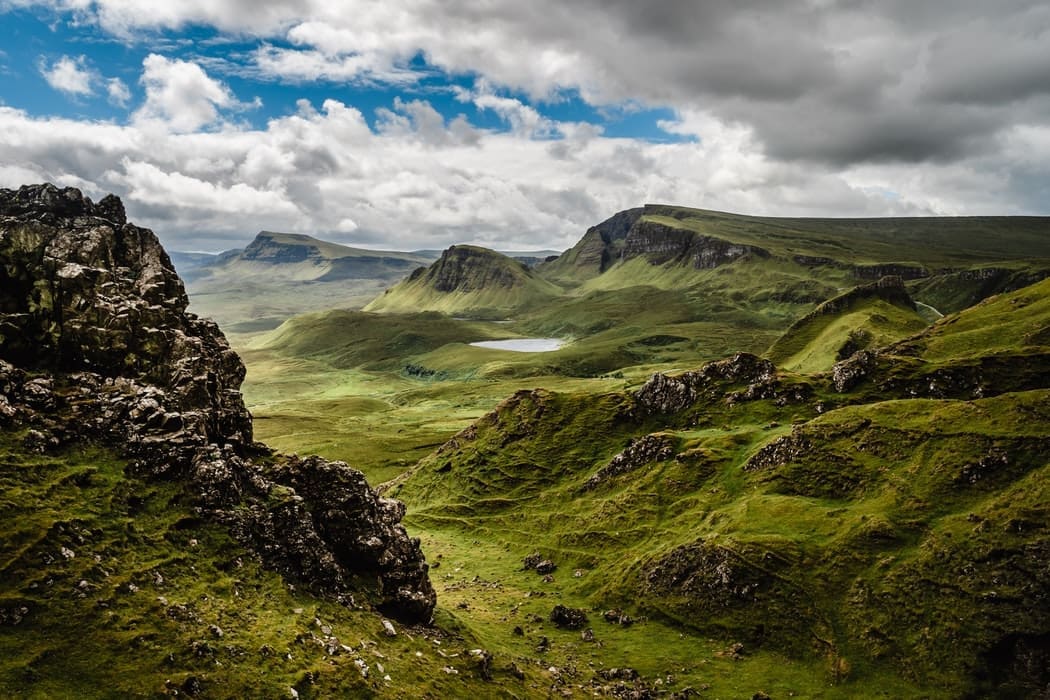Scotland offers a host of unique and fantastic textiles. It is well known for its collaboration and innovation and its unrivaled creativity. The textile sector in Scotland has a great track record on the international stage.
Scotland has a reach to over 150 countries. It exports its textiles to more than hundreds of countries around the globe. The exports amount to worth £360 million. Scottish textile exports represent 1.1% of Scotland’s total international exports.
It is a world-leading industry. Huge global brands such as Chanel sources textiles from Scotland and seek Scottish expertise. Scottish textile exports are broad, which ranges from Knitwear to Woven fabrics to Leather. It also involves Lace and Technical and Industrial textiles.
Tartan and Kilts
If we go and list the iconic things about Scotland, one of them would be a tartan or a kilt. And is well known for men in kilts but it is so much more than just something to wear. It is a historic piece of clothing that has stood the test of time. Hundreds of years ago in Scotland, this took place.
It is a fabric made up of horizontal and vertical stripes in different colors on an already colored background. The interwoven stripes are known as a sett. It mainly originated in the Highlands. In 1538, was the first mention of the tartan in Scotland. Originally, clans-people used local plants, mosses, and berries to dye the wool.

Kilts are usually made from tartans. A kilt is a piece of tartan, worn around the waist. It is accompanied by a Sporran: a small bag worn around the waist over the kilt. A kilt pin which holds the two pieces together in the front. Sgian dubh a small dagger that resides in the sock. The kilts originated in the Highlands too. Originally, it was an untailored, 5 meter-long piece of cloth. Similar to the modern kilt, it was also worn around the waist. But the remaining fabric was also draped onto the shoulders and pinned. It grew immense popularity after being chosen by Highland regiments serving with the British Army. It quickly became sought after south of the border as the British aristocracy considered all things Scottish a fashion statement.
Today, kilts are worn at wedding by the wedding party and guests. They are also worn by dancers and the band at ceilidhs.
‘Harris Tweed’ Blazer
This blazer is not just any normal blazer. This is the only type of clothing in the entire world which was protected by an Act of Parliament. Entwined within a legacy as affluent as the rest of Scotland. ‘Harris Tweed’ stems from pure craft-man-ship and affinity with the land.

They are made from genuine Harris Tweed fabric. They are particularly popular because of their stylish appearance and high-quality characteristics. it consisted of woven wool, it is ideal for the cold-weather climate of Scotland. In 1966, more than 7.6 million yards of the fabric were produced — a number that has increased exponentially today.
Fair Isle Knits
A traditional knitting technique used to create patterns with multiple colors. Named after Fair Isle, one of the Shetland Islands. It gained blinding popularity when the Prince of Wales wore Fair Isle jumpers in public in 1921. Some people use the term “Fair Isle” to refer to any colorwork knitting where stitches are knitted alternately in various colors, with the unused colors stranded across the back of the work. Others use the term “stranded colorwork” for the generic technique, and reserve the term “Fair Isle” for the characteristic patterns of the Shetland Islands.


